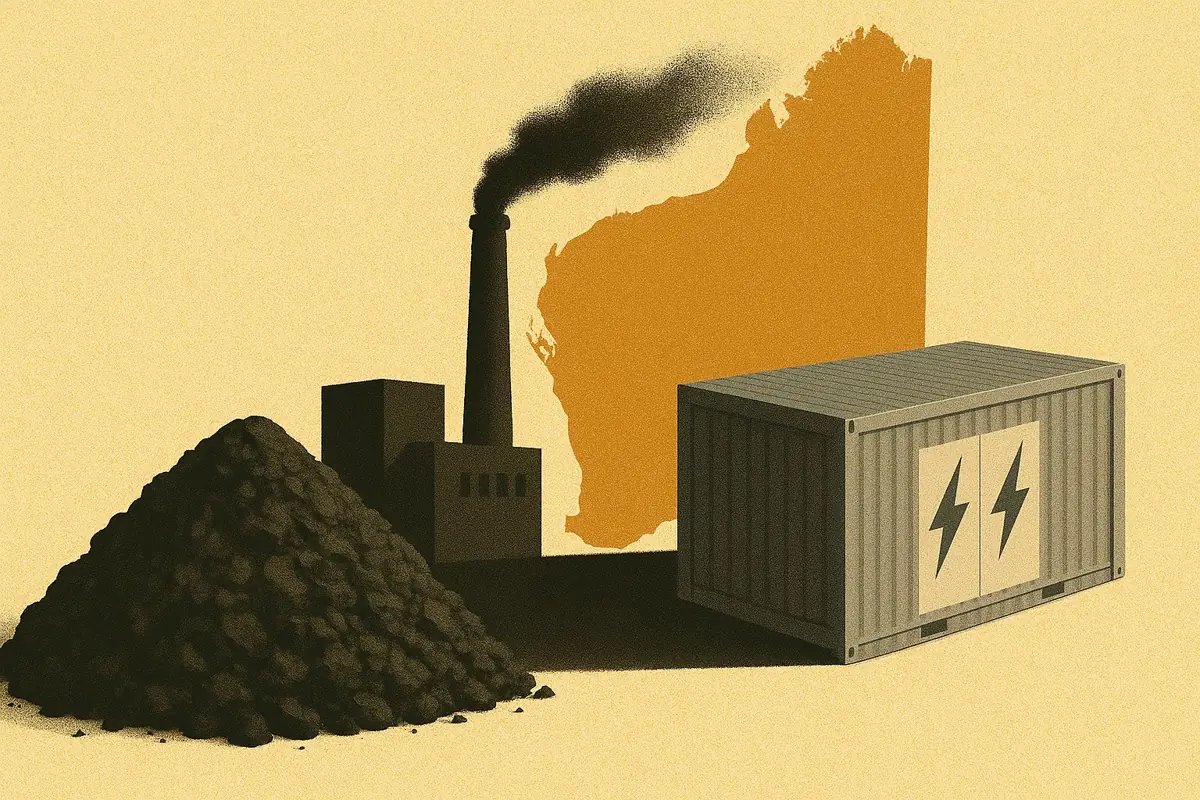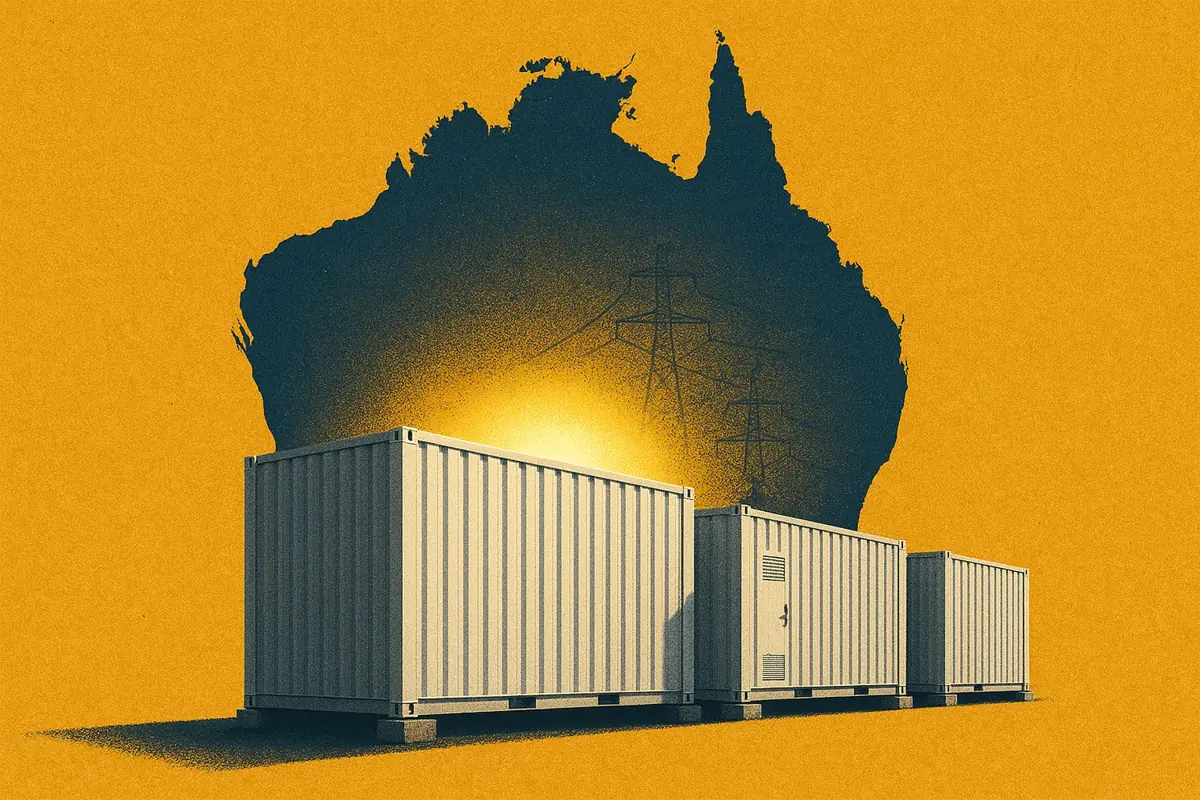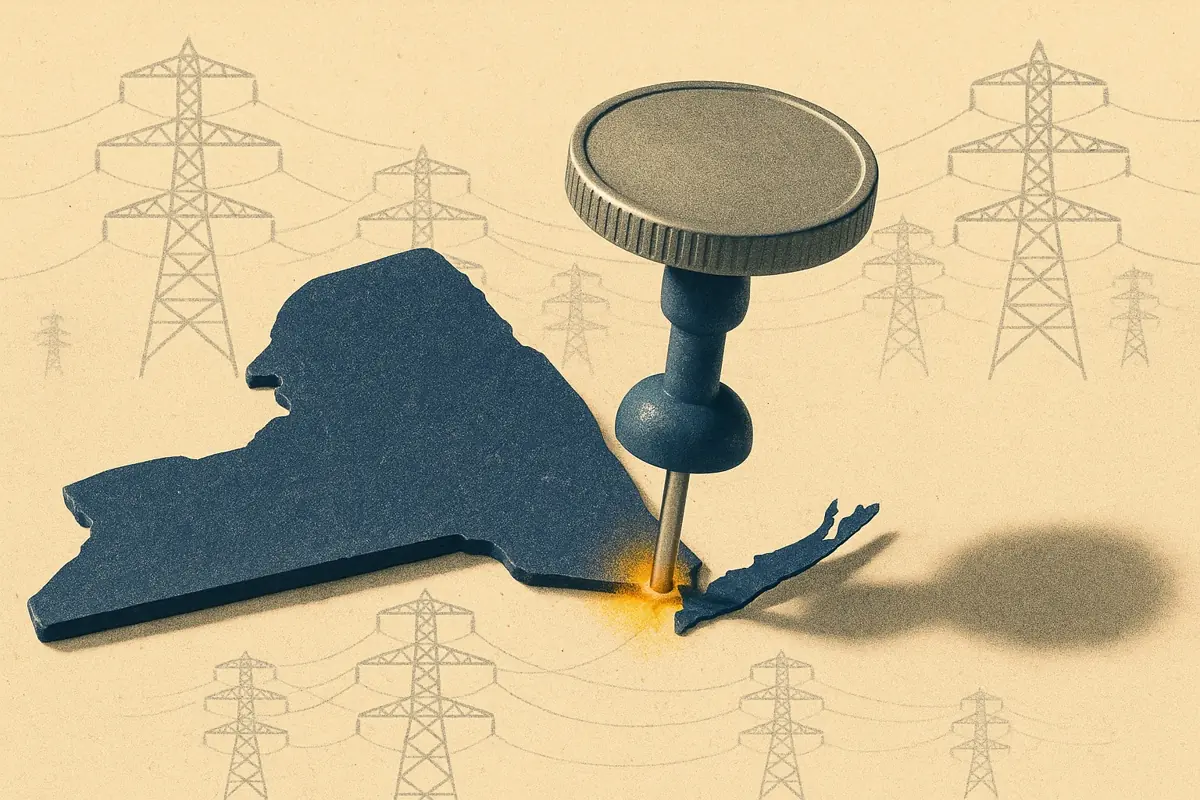France’s battery fleet is continuing to scale and is on track to reach 1.46 GW this quarter. Growth is slower than in solar-heavy Germany. But capacity is rising, driven by a dense layer of distributed batteries and emerging flagship projects.
This article explores:
- Current capacity and durations shaping the fleet
- Where projects are being built, and which developers are leading
- How the buildout will evolve toward 2030
For any further information on this topic, reach out to the author - timothee@modoenergy.com
Key takeaways
- France’s battery fleet is continuing to scale and is on track to reach 1.46 GW this quarter.
- Durations are increasing: from a 1.1-hour fleet average today to new builds around 1.7 hours.
- Two growth paths define the market: a handful of projects above 100 MW and a dense layer of distributed 1 MW sites.
- French developer NW dominates operational capacity, but a wide set of independent power producers and utilities are now committing to large portfolios.
- Looking to 2030, France could exceed 4.7 GW of installed capacity, with both high-voltage and low-voltage buildout playing structural roles.
France’s battery operational fleet is growing and starting to shift to longer durations
At the end of Q3 2025, France had just over 1.32 GW of operational grid-scale batteries. By the end of Q4 2025, installed capacity is expected to reach 1.46 GW, with 265 MW commissioned over the year.
So far, most of the build-out has targeted short-duration ancillary services, and the operational fleet still averages about 1.1 hours.
New projects are trending toward longer builds: recent additions average over 1.7 hours, and most new announcements are close to 2 hours.
A few large assets and a dense, distributed layer
France’s buildout is being shaped by two distinct growth models.
- Large-scale projects are emerging. Harmony Energy’s 100 MW / 200 MWh battery is operational, and large builds are underway at Cernay (TAG Energy, 240 MW / 480 MWh) and Saleux (Kallista Energy, 120 MW / 240 MWh).
- Distributed low-voltage batteries are spreading quickly. NW has built more than 750 single-MW systems connected to the distribution grid. This allows faster commissioning and earlier access to ancillary service revenues.
The ownership picture tells the same story.
At 950 MW of operational battery capacity, NW dominates the market. A handful of early grid-scale storage investors hold the remaining capacity.
At the same time, a growing mix of players is entering the utility-scale segment, including utilities such as Alpiq and Eni, as well as IPPs such as Harmony Energy, Q Energy, TAG Energy, and Acacia.
Looking to 2030: faster growth ahead
Projections to 2030 show the buildout speeding up. Connected battery capacity in France could reach about 5.3 GW by year-end 2030, supported by a growing pipeline across both high- and low-voltage connection points.
Large utility-scale projects will continue to connect to the high-voltage network, but their growth will be constrained by grid connection limits and the hosting capacity defined in RTE’s connection map.
In parallel, low-voltage battery projects will continue to expand, as developers favour these connections for faster commissioning and quicker access to ancillary service revenues.







